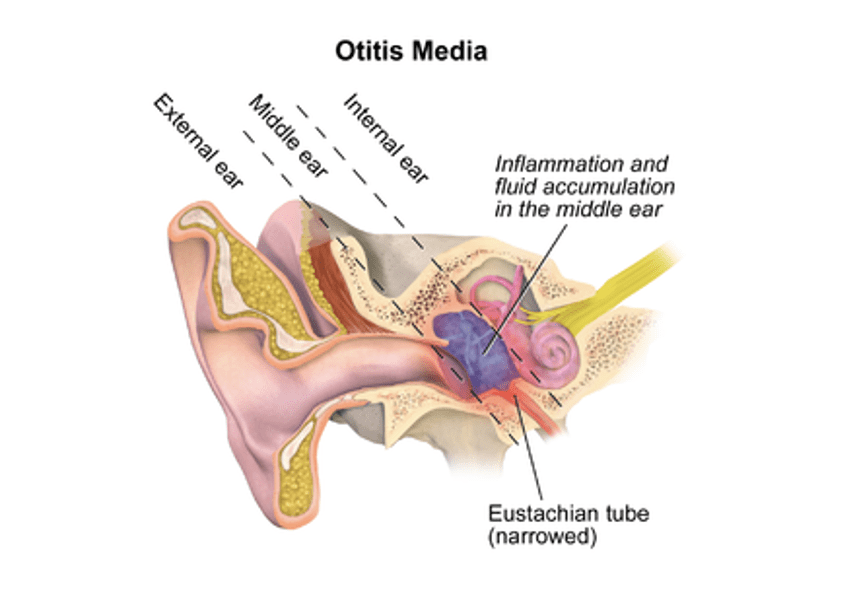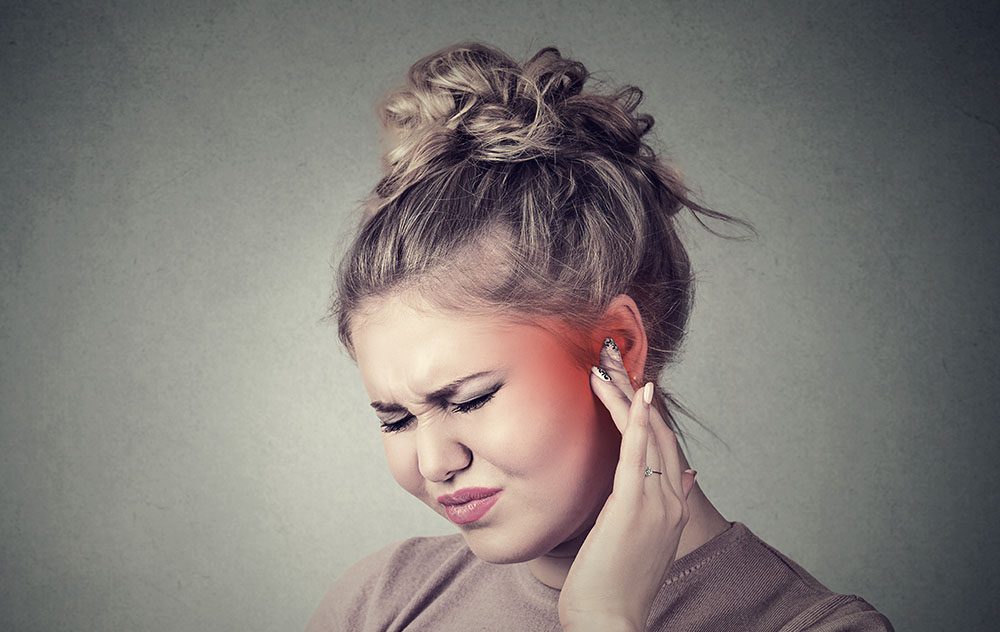What is Otitis Media? (Ear infections part 3)
How long will my child need to recover from Otitis Media? Within a few
Enjoy conversations with your loved ones this holiday season & schedule your free video ear inspection.
See what the doctor sees, it may just be earwax! Learn More


How long will my child need to recover from Otitis Media? Within a few

Why are ear infections more common in children than adults? Children are

Otitis media has historically been a common health issue, not just in the